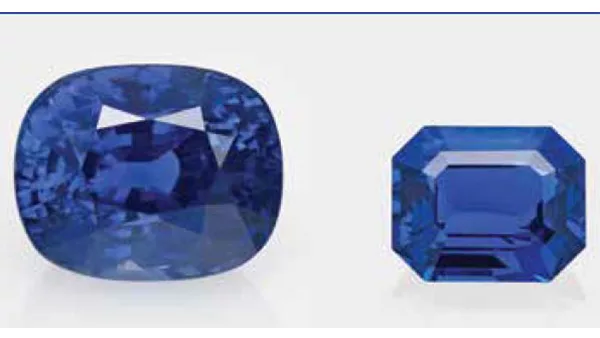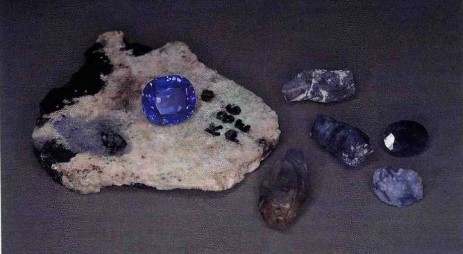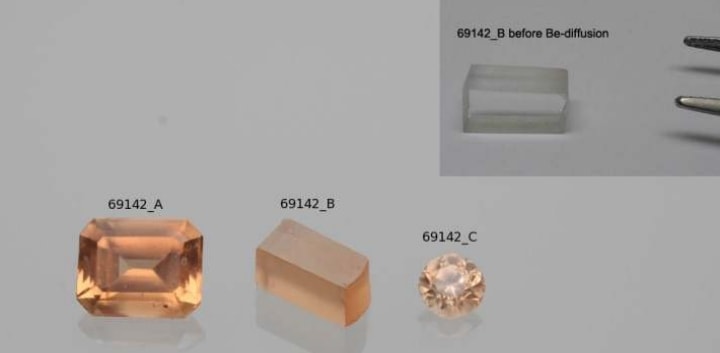
Sapphires of ‚teal‘ colour from Pein-Pyit, East Mogok
By Dr. M.S. Krzemnicki, first published in Facette 29 (May 2024)

The Mogok area in northern Myanmar has been known as a major source of rubies and other gems since historic times. Often referred to as the ‘MogokStoneTract’, this gem-rich area is located within the central part of the Mogok Metamorphic Belt which forms part of a larger metamorphic belt structure, extending for more than 2000 km from the Himalayan mountain range in the North to the Andaman Sea in the South. The Mogok area stretches about 25 km from East to West and about 10 km from North to South with the main townships Kyatpyin and Mogok located in the centre of the area. Gems are found at numerous localities and mining sites within this larger area mainly composed of upper amphibolite to granulite facies marbles, schists and gneisses which were intruded by various felsic to mafic igneous rocks (Phyo et al. 2023, see also article in this Facette on page 34).



For quite some time, sapphires from Pein-Pyit were not much sought after, as they obviously fall outside the ‘royal blue’ colour range for which classic Burmese sapphires have been cherished in the past. However, this has changed in recent years, as new collectors with broader colour preferences have entered the market. Consequently, the sapphires from the Pein-Pyit area have gained much interest in the trade in recent years (Figure 5), mostly due to their Burmese origin combined with an attractive ‘teal’ colour, exceptional quality, and size.



